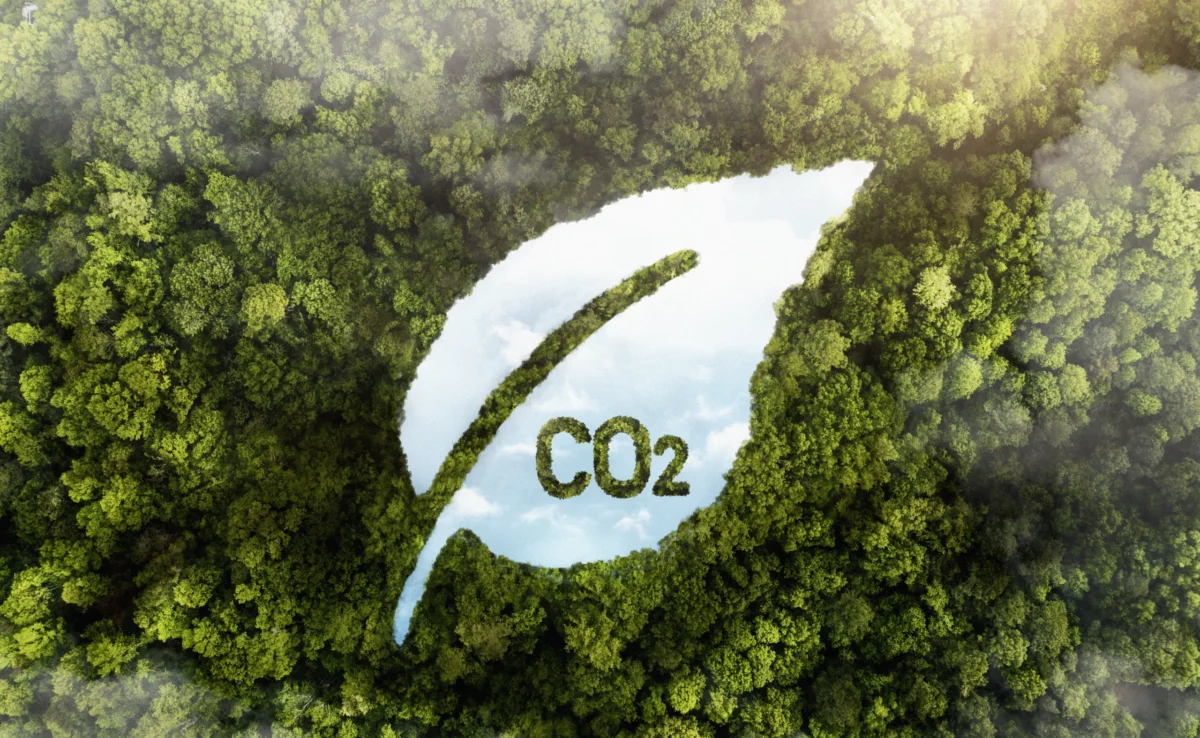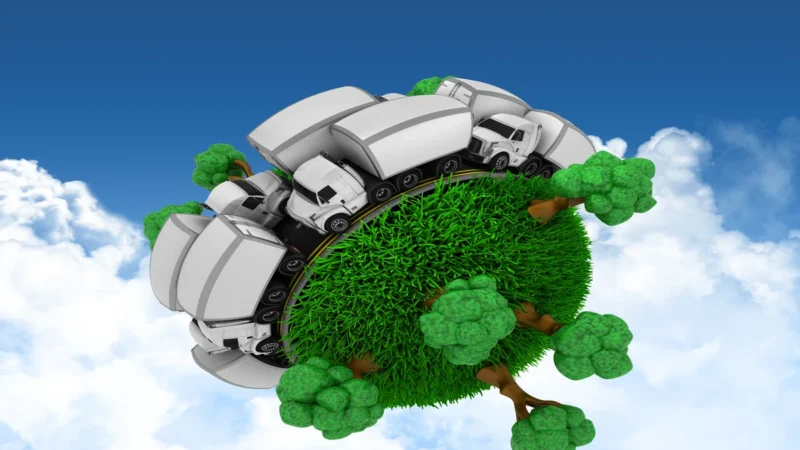Innovations in Carbon-Negative Concrete Blocks: Absorbing CO2 During Production

Concrete production is a significant contributor to carbon dioxide (CO2) emissions due to the high energy consumption and the release of CO2 during the curing process. To combat this environmental impact, companies are actively researching and developing innovative solutions to make concrete blocks carbon negative. By incorporating methods that absorb CO2 during production, these advancements aim to reduce the carbon footprint of the construction industry. This article explores some of the notable innovations in this field.
Introduction to Carbon-Negative Concrete Blocks
In this section, provide a brief overview of the importance of carbon-negative concrete blocks, highlighting the need for sustainable construction practices and the role of reducing carbon footprints.
Innovations in Concrete Block Production:
a. Carbon Capture Technology:
Some companies are exploring the integration of carbon capture technology in concrete block production. This involves capturing CO2 emitted during the curing process and either storing it permanently or utilizing it in other applications. Innovative methods, such as using CO2 as a curing agent or injecting it into concrete mixtures, are being researched to enhance the efficiency of carbon capture.
b. Carbon Mineralization:
Carbon mineralization involves the transformation of CO2 into stable carbonate minerals through chemical reactions. Several techniques are being developed to incorporate carbon mineralization into the concrete production process. By using CO2 as a raw material, these methods aim to convert carbon emissions into carbon-neutral building materials, making the concrete blocks carbon negative.
Algae-Based Concrete:
Algae-based concrete is a promising innovation that utilizes the natural process of photosynthesis to absorb CO2. By incorporating microalgae into the concrete mixture, these photosynthetic organisms capture CO2 during their growth cycle. The absorbed CO2 remains sequestered within the concrete matrix, making the blocks carbon negative. Additionally, algae-based concrete can offer other benefits such as improved thermal properties and enhanced aesthetic appeal.
Carbon Nanotube Reinforcement:
Another approach to carbon-negative concrete blocks involves incorporating carbon nanotubes (CNTs) as reinforcement. CNTs possess high surface areas and can adsorb CO2 molecules, effectively trapping and sequestering them within the concrete matrix. This not only enhances the mechanical properties of the blocks but also contributes to the reduction of CO2 emissions during the production process.
Bio-Based Binders:
Bio-based binders offer an environmentally friendly alternative to conventional cement binders. These binders, derived from renewable resources such as agricultural waste or bacteria, have a lower carbon footprint compared to traditional binders. By replacing a portion of cement with bio-based binders, concrete blocks can become carbon negative, reducing CO2 emissions associated with their production.
Key Takeaways:
In conclusion, the development of carbon-negative concrete blocks is an essential step towards sustainable construction practices and climate change mitigation. Innovations in CO2 capture, carbon mineralization, algae-based concrete, carbon nanotube reinforcement, and bio-based binders are revolutionizing the industry. These advancements not only reduce the carbon footprint of concrete production but also offer enhanced performance and durability. By embracing these innovations, the construction industry can make significant progress in achieving carbon neutrality and promoting a greener future.
FAQs about Carbon-Negative Concrete Blocks
What are carbon-negative concrete blocks?
Carbon-negative concrete blocks are innovative building materials designed to absorb carbon dioxide (CO2) during the production process. Unlike traditional concrete blocks that contribute to CO2 emissions, carbon-negative blocks aim to reduce the carbon footprint by actively sequestering or utilizing CO2, making them environmentally friendly.
How do carbon-negative concrete blocks absorb CO2?
Carbon-negative concrete blocks employ various methods to absorb CO2. Some techniques involve capturing and storing CO2 emitted during the curing process, while others utilize CO2 as a raw material, converting it into stable carbonate minerals within the concrete matrix. Algae-based concrete blocks use photosynthetic microalgae to naturally absorb CO2 during their growth cycle.
What are the benefits of using carbon-negative concrete blocks?
By using carbon-negative concrete blocks, construction projects can significantly reduce their environmental impact. The benefits include a reduction in CO2 emissions, enhanced sustainability, and a contribution to climate change mitigation. These blocks can also offer improved performance characteristics, such as strength, durability, and thermal properties.
How do carbon capture technologies work in concrete block production?
Carbon capture technologies in concrete block production involve capturing CO2 emissions released during the curing process. This can be achieved by using specialized equipment to trap and store CO2, preventing it from being released into the atmosphere. Some innovative approaches include using CO2 as a curing agent or injecting it directly into the concrete mixture.
Can carbon-negative concrete blocks replace traditional concrete blocks?
Carbon-negative concrete blocks are a promising solution, but widespread adoption is still in progress. While they offer significant environmental advantages, factors such as cost, scalability, and regulatory considerations need to be addressed. Currently, carbon-negative blocks can complement traditional concrete blocks as part of sustainable construction practices.


